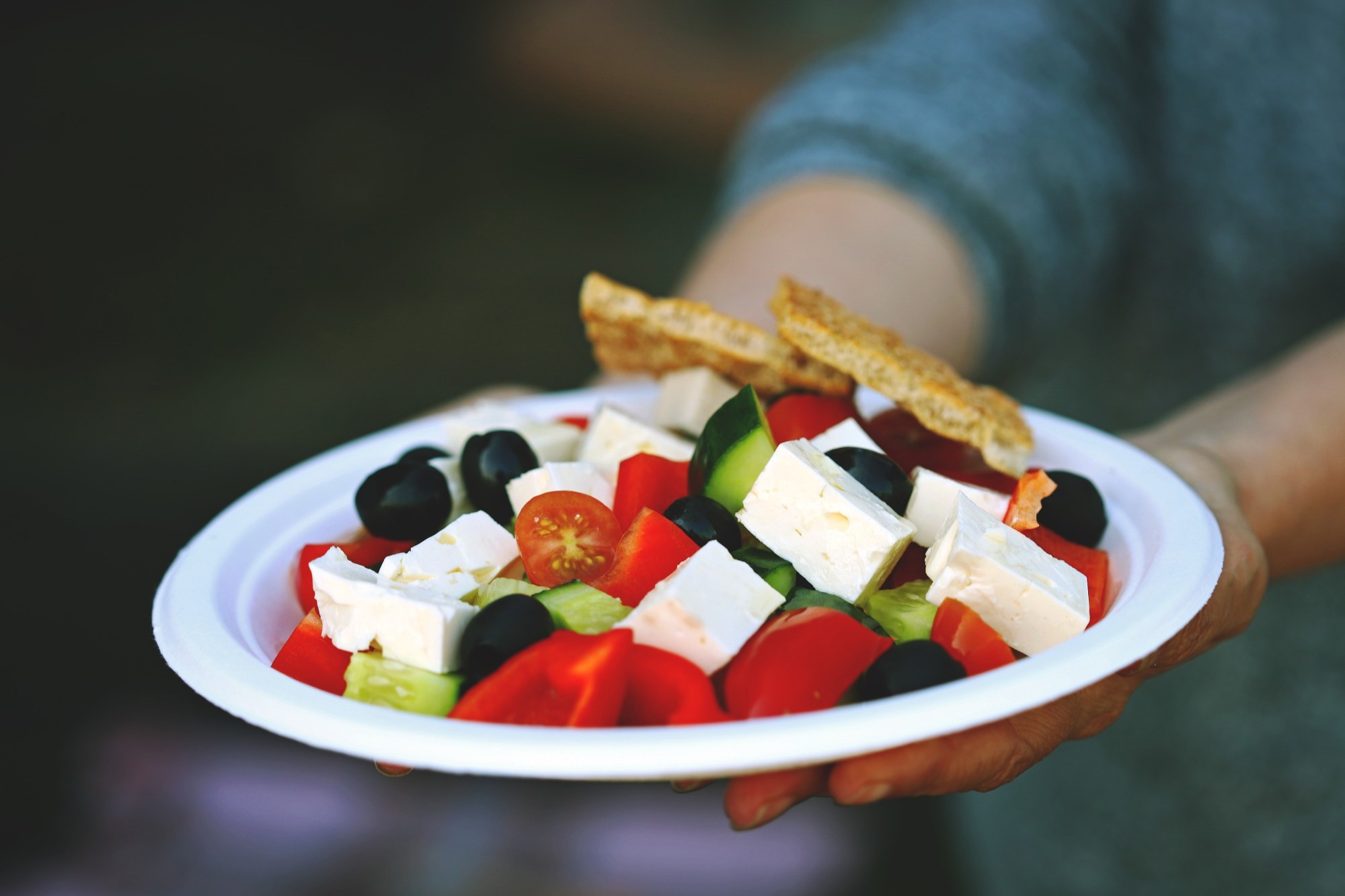Well being and vitamin research on packed college lunches most commonly center of attention on fundamental, preschool, or highschool consumption. Some research have tested the dietary content material of home-packed college lunches. Then again, many researchers have only analyzed the caloric and dietary content material of sizzling foods which are equipped in faculties.

The Nationwide Faculty Lunch Program (NSLP) most commonly researches college lunches in addition to delivers nutritious meals at decrease or no value to households which are in want. Greater than 90 % of colleges have reported accepting this program which gives about 30 million foods day-to-day in the USA.
Background
House-packed lunches at U.S. faculties contain about 40 % of faculty foods. Their packed content material used to be reported to have a better caloric worth and a lesser dietary worth than in-school lunches. All NSLP-participating faculties should make their lunch choices wholesome and meet minimal vitamin/caloric requirements. Since faculties meet such parameters, parent-packed lunches had been regarded as inferior on many ranges.
The choice and preparation of domestic foods are complicated since there are not any guiding laws on what to pack. Moreover, a number of components affect the packing of a kid’s lunch. Those come with geographic area, dad or mum/kid verbal exchange, financial standing of the varsity, circle of relatives, or area, and college administrative insurance policies. Additionally, since parent-packed lunches are in keeping with the coed’s likes, larger intake happens in comparison to college lunches.
Overview of nutritional consumption amongst youngsters is tricky since data on college meals consumption is acquired from self-reported questionnaires subjected to recall mistakes. Plate waste dimension has been reported to be essentially the most correct approach of nutrient consumption because it supplies essentially the most explicit data unbiased of scholar reminiscence or statement.
The duty for the content material of home-packed lunch is at the dad or mum or grownup. The effort and time given for meals preparation are maximum frequently restricted in operating households, which results in prepackaged and processed meals pieces being the simple selection. Despite the fact that folks are interested in vitamin, they don’t want to abide by way of the varsity or federal tips. The conduct of a few folks regarding meals preparation used to be noticed to be unconcerned, whilst some stressed youngsters to devour healthily in school and residential.
Intrusive college coverage and deficient meals high quality had been reported to purpose plate waste for in-school and home-packed lunches. Insufficient communications amongst directors, well being educators, carrier group of workers, and academics had been reported to scale back wholesome consuming conduct for college youngsters. Against this, an extended length of lunchtime has been indicated to extend their meals intake. Moreover, regulations relating to having lunch sooner than recess (workout), no longer sharing unopen meals, no longer having sufficient time to devour, and no longer speaking amongst friends had been reported to extend meals waste.
The learn about
A brand new learn about in Vitamins aimed to research the intake of home-packed lunches amongst Third-grade fundamental youngsters.
The learn about concerned the recruitment of a bunch of Third-grade youngsters. Selection of lunches happened whilst youngsters entered the school room for over per week. The foods had been categorized with explicit identity stickers and weighed in grams following which they had been returned to the school room sooner than lunch.
The kids had been noticed all through lunch to stop sharing of meals. They had been advised to hold all of the leftovers to the within reach analysis desk. The leftovers had been then weighed as in step with the identity numbers. Calorie-free liquids and water used to be categorised one by one. Bought prepackaged meals from the varsity cafeteria used to be additionally incorporated within the learn about. After all, particular person meals pre/submit weights had been transformed into nutrient consumption data the use of a Nutritionist Professional (Axxya techniques) nutritional research module instrument.
Learn about findings
The effects indicated {that a} imply of 23.6 foods had been analyzed on a daily basis. In overall, 60.9 % of the scholars had been feminine and 39.1 % had been male between 8 and 9 years of age. The common packed meal used to be reported to reach at 639.6 kcal which used to be decreased by way of 32.7 % when ate up. Kids had been reported to acquire 27.8 % in their day-to-day power requirement with lunch. Water used to be noticed to be full of 44 % of the lunches and 92 % of that water used to be noticed to be ate up with lunch. Sugar-sweetened drinks had been reported in 61 % of the lunches.
No important share distinction used to be noticed for proteins, lipids, and carbohydrates between what used to be packed and what used to be eaten. The share of sodium and ldl cholesterol used to be noticed to be decreased considerably thru packed lunch intake. Kids had been reported to devour a median of 16.8 % in their day-to-day fiber advice at lunch. A median of 13.2 % day-to-day overall easy sugar energy used to be reported amongst all of the scholars.
Subsequently, the present learn about demonstrated that kids who ate packed college lunches fell inside calorie suggestions and a wholesome macronutrient distribution. They had been additionally noticed to be inside the ldl cholesterol and sodium vary however prime in easy sugars. Additional analysis is needed at the American and international dietary high quality of home-packed college meals throughout quite a lot of ages to make stronger formative years vitamin.
Obstacles
The learn about had sure boundaries. First, the pattern measurement used to be small, which makes the consequences no longer generalizable to the worldwide or United States inhabitants. 2nd, the learn about may contain weight recording mistakes or ignored plate waste. 3rd, all the dealing with of the waste assortment by way of every scholar used to be no longer noticed. Fourth, some paper or meals plate waste may no longer had been incorporated within the learn about because of being thrown into outdoor trash. 5th, the learn about may just no longer perform speedy dimension of the after-lunch plate waste.
Supply Through https://www.news-medical.internet/information/20230227/Are-home-packed-lunches-nutritionally-inferior-to-in-school-lunches.aspx



